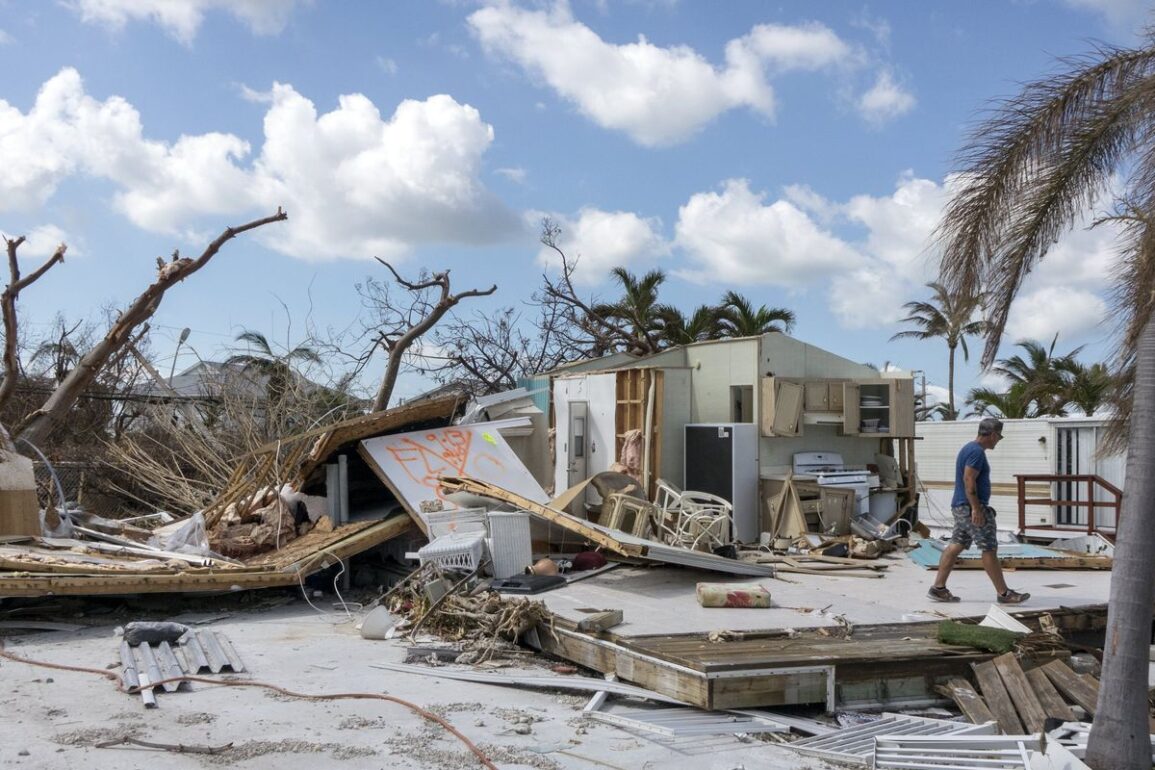Plumbing emergencies in the home can be daunting, often causing significant inconvenience and potential damage. These emergencies, ranging from burst pipes to overflowing toilets, require immediate and knowledgeable responses to mitigate their impact.
This article serves as a comprehensive guide, offering actionable, detailed advice for homeowners to confidently handle common plumbing emergencies. It’s designed not just to instruct but also to empower homeowners with practical solutions and preventative measures.
Burst Pipes
Immediate Steps to Minimize Damage
When a pipe bursts, it can release gallons of water, leading to flooding and structural damage. Immediately shutting off the main water supply is crucial to prevent further water flow.
This valve is usually found in the basement or near the water meter and should be turned off by rotating it clockwise. After shutting off the water, open all faucets to drain the remaining water and relieve pressure in the system, which helps to reduce the amount of leaking.
Long-Term Solutions and Prevention
Burst pipes are often caused by freezing temperatures or corrosion. Insulating your pipes, especially those in unheated areas like basements, attics, and garages, can prevent them from freezing. Foam insulation sleeves are an effective and affordable option.
Regular inspections by a licensed plumber can also identify potential issues before they escalate. These professionals can spot signs of corrosion, wear, and other vulnerabilities, allowing for timely repairs or replacements.
Clogged Drains
Effective DIY Solutions
Clogged drains are a common issue in many homes, typically caused by accumulated hair, grease, or foreign objects. Try a plunger before resorting to chemical drain cleaners, which can harm your pipes.
A plunger can often dislodge clogs with the right technique – a firm, up-and-down motion to create suction. For a natural solution, combining baking soda and vinegar can break down organic materials, followed by boiling water to clear the remnants away.
When to Call a Professional
Persistent or recurrent clogs require professional attention. Plumbers use advanced tools like motorized drain snakes that can reach deep into pipes and clear obstructions beyond DIY methods’ reach. Moreover, frequent clogs could indicate underlying issues such as pipe damage or an obstructed sewer line, necessitating professional diagnostics and solutions.
Leaking Faucets
Quick Fixes to Stop the Drip
A dripping faucet is annoying and can lead to significant water waste over time. A common cause is a loose or worn-out washer, which anyone can replace with basic DIY skills. After shutting off the water supply, disassemble the faucet, locate the worn washer, and replace it with a new one of the same size and shape. Sometimes, the issue may be with a worn O-ring or a corroded valve seat, which are also replaceable.
Understanding Faucet Types
Different types of faucets require different approaches for repair. Compression faucets, which have separate handles for hot and cold water, often need new washers. Cartridge, ball, and ceramic-disk faucets, however, have more complex mechanisms. Cartridge faucets usually require a new cartridge or O-rings, ball faucets need new seals and springs, and ceramic-disk faucets typically need new ceramic cylinders. Knowing your faucet type is essential for effective repair.
Overflowing Toilet
Immediate Response to Prevent Flooding
An overflowing toilet is a stressful emergency that needs an immediate response to prevent water from spilling onto the floor. Initially, stop the water flow by lifting the float ball or cup inside the tank or by turning off the water valve behind the toilet. After stopping the water, use a flange plunger, designed for toilet use, to try and dislodge the clog. Ensure a good seal around the drain hole and use forceful plunges to clear the blockage.
Long-Term Maintenance Tips
Preventing toilet clogs involves routine maintenance and careful usage. Check the internal components of the toilet, such as the flapper and fill valve, every six months for signs of wear or malfunction. Also, educate household members about what should not be flushed down the toilet. Only human waste and toilet paper should be flushed; other items, even those labeled as “flushable,” can cause clogs and sewer issues.
Understanding when and how to seek professional help is crucial in maintaining your plumbing system. To assist you in this, here’s an expertly compiled comprehensive article on the best available local plumbers, offering a curated list of top professionals in your area
In Conclusion
Dealing with plumbing emergencies requires immediate action and long-term maintenance strategies. This guide gives homeowners the necessary knowledge and steps to manage common plumbing issues effectively.
Remember, while DIY methods can resolve many situations, more complex problems should be left to professional plumbers. Regular maintenance and a proactive approach to plumbing care will minimize the risk of emergencies and ensure a well-functioning plumbing system in your home.



